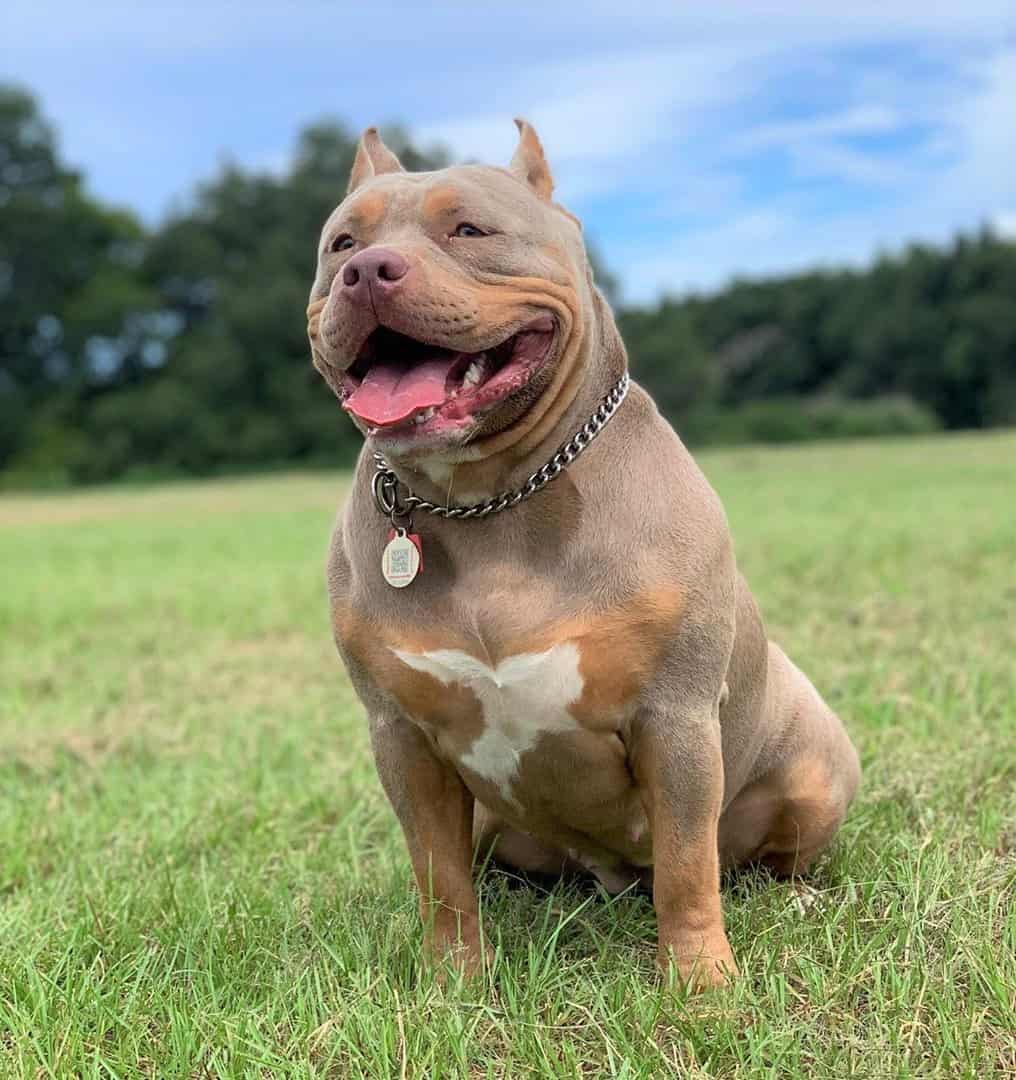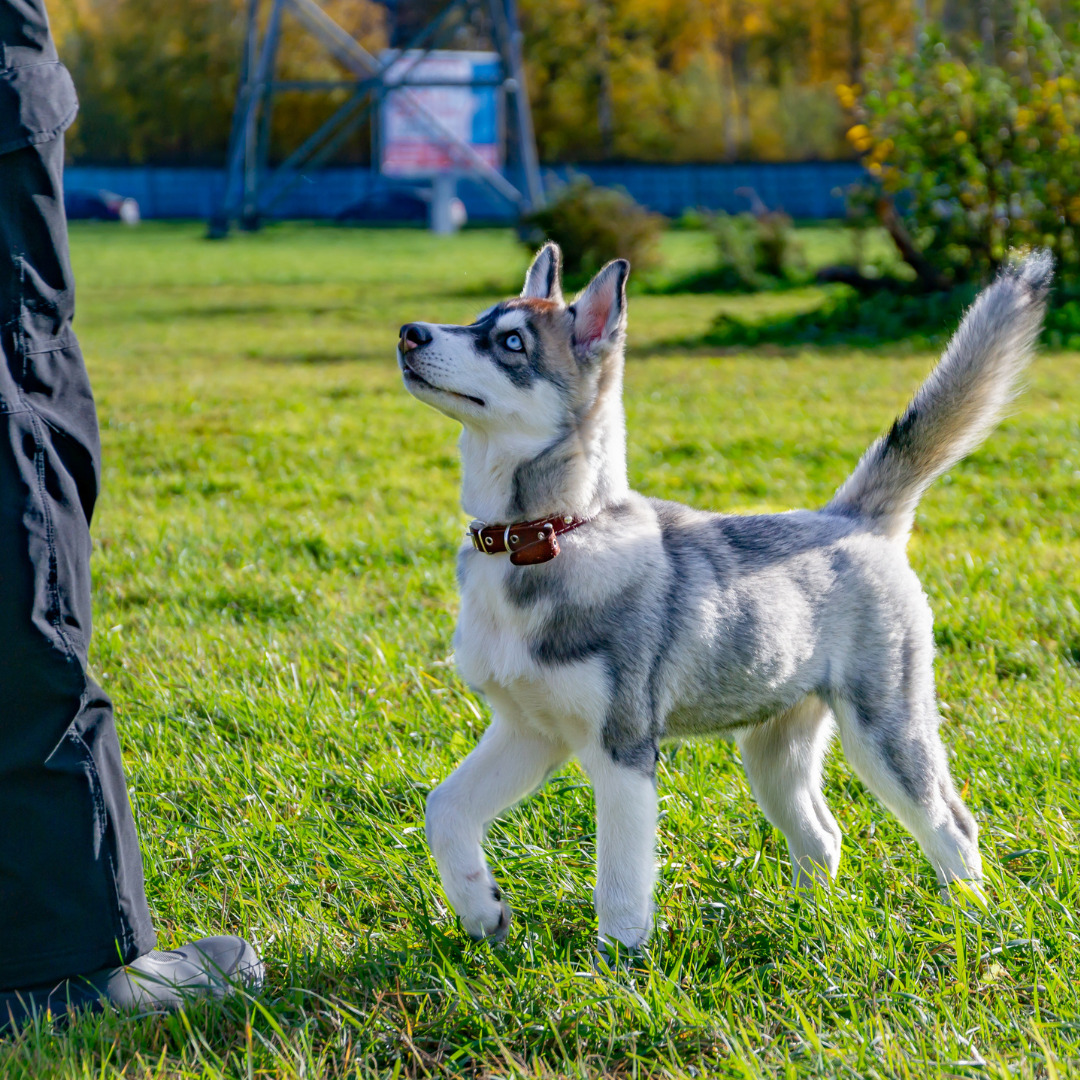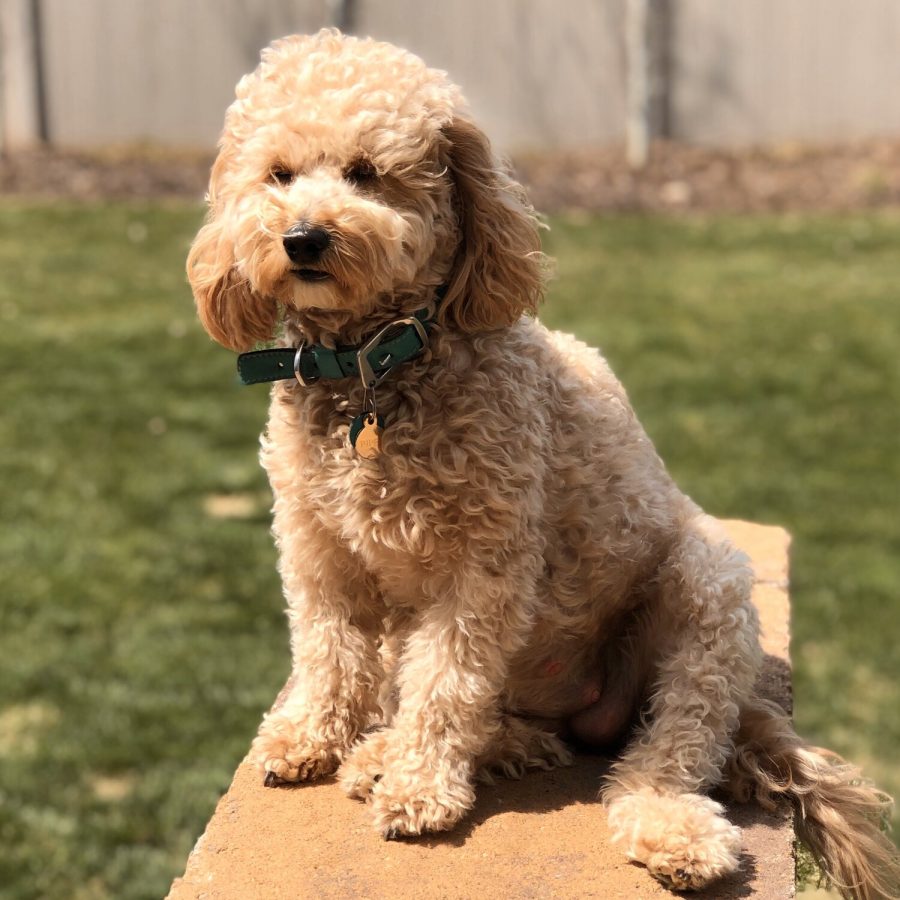The Tri Color Pitbull is a muscular dog with a distinctive tri-color coat pattern. Originating in England, this breed has a rich history from selective breeding practices. Known for its friendly and adaptable nature, they make great companions for families with children. Tri Color Pitbulls are intelligent and thrive with exercise and socialization. Regular veterinary check-ups, balanced diet, and grooming are essential for their well-being. Common health issues like hip dysplasia should be monitored. Uncover more about the fascinating world of Tri Color Pitbulls by exploring their temperament, training needs, and unique characteristics.
Appearance
The appearance of Tri-Color Pitbulls is characterized by a muscular build, weighing between 30 to 60 pounds, with a short shedding coat and distinctive tri-color pattern. These dogs exhibit lean muscles, giving them a strong and agile physique. Their ears are typically small to medium-sized, often pricked, with the occasional small drop. Tri-Color Pitbulls come in a variety of acceptable colors, with the exception of merle. The tri-color pattern includes a black back, white stomach and neck, and a tan/brown muzzle, chest, and legs, creating a striking and unique look.
Owners and breeders appreciate the diversity in the color patterns of Tri-Color Pitbulls, which can range from black or lilac to white or tan. Their genetic variations can lead to complex health conditions, making it essential for responsible breeding practices. The possibilities for color combinations in these dogs are endless, attracting enthusiasts who seek unique variations and new combinations within the breed.
History
Pivoting from the discussion on the appearance of Tri-Color Pitbulls, the history of this breed traces back to its origins in England through a selective breeding process. In the early 19th century, Tri-Color Pitbulls were bred by crossing the Old English Terrier with the Old English Bulldog. Initially, these dogs were used for bloodsports like bull baiting in England. From 1845 to 1860, the breed was imported to America by British immigrants for purposes such as dogfighting and companionship.
The United Kennel Club recognized the breed as the American Pit Bull Terrier in 1898, and later the American Kennel Club acknowledged it as the American Staffordshire Terrier in 1935. Despite their shared history, there is an ongoing debate on whether both breeds have evolved separately or remained the same. The Tri-Color Pitbulls’ journey from their origins in England to becoming a recognized breed in the United States showcases their adaptability and transformation into beloved companions.
Personality and temperament
Discussing the temperament and personality of Tri-Color Pitbulls reveals their friendly and adaptable nature, making them ideal companions for families. Tri-Color Pitbulls, often referred to as ‘nanny dogs,’ are known for their good relationship with children, displaying a friendly and playful demeanor. Despite misconceptions about aggression, there is no breed-specific correlation, and they are typically welcoming and affectionate towards people.
These dogs are intelligent and enjoy engaging in canine sports, showcasing their versatility and eagerness to participate in various activities. While they are good climbers and may require secure fencing, they are not typically guard dogs due to their sociable nature. Tri-Color Pitbulls have a lifespan of 8 to 16 years and are less prone to genetic health conditions compared to other breeds.
Their adaptability, loving demeanor, and playful attitude make them excellent companions for families seeking a loyal and affectionate pet.
Training and exercise needs of a Tri-Color Pitbull
Understanding the training and exercise needs of a Tri-Color Pitbull is vital for ensuring their physical and mental well-being. Tri-Color Pitbulls are intelligent and trainable but can exhibit selective hearing, especially around new people and dogs. It is recommended to focus on socialization in their training regime to ensure they interact well with others.
Group classes are beneficial as they provide a controlled environment for socialization. Due to their excitement around new individuals, Tri-Color Pitbulls may not be trustworthy off-leash. Daily exercise is essential for these high-energy dogs to prevent stress and aggression. Engaging them in activities and games not only helps in physical exercise but also contributes to their mental well-being.
Inculcating obedience through consistent positive reinforcement is key to shaping a calm, friendly, and well-behaved Tri-Color Pitbull. By providing the necessary training and exercise, owners can help their furry companions lead a balanced and fulfilling life.
Health and care
The well-being of Tri-Color Pitbulls is closely tied to their health and care requirements. Proper attention to their health needs and care routines is essential for ensuring a happy and healthy life for these beloved pets. To achieve this, owners should consider the following:
- Regular veterinary check-ups: Scheduled visits to the vet for routine examinations and vaccinations play a crucial role in maintaining the health of Tri-Color Pitbulls.
- Balanced diet and exercise: Providing a well-balanced diet rich in high-quality proteins and essential nutrients, coupled with regular exercise, is vital for their overall well-being.
- Grooming and hygiene practices: Regular grooming, including brushing their coat and occasional bathing, helps to keep Tri-Color Pitbulls clean and healthy, preventing skin issues and promoting a shiny coat.
Common health issues
In exploring the health aspect of Tri-Color Pitbulls, it is pertinent to address the common health issues that may affect this breed. While Tri-Color Pitbulls are generally healthy compared to other purebred dogs, they are prone to certain conditions. One common health issue is hip dysplasia, a condition where the hip joint doesn’t develop properly, leading to discomfort and mobility issues.
Bloat, another concern, is a life-threatening condition caused by the accumulation of gas and fluid in the stomach, requiring immediate veterinary attention. Actinic keratosis, a skin condition characterized by rough, scaly patches, is also seen in some Tri-Color Pitbulls.
Regular vet check-ups, vaccinations, proper diet, and exercise are crucial for maintaining the well-being of these dogs. Owners should be vigilant for any signs of these common health issues to ensure early detection and effective management for their Tri-Color Pitbulls.
Grooming
To maintain the hygiene and overall appearance of Tri-Color Pitbulls, regular grooming practices are essential. Grooming not only ensures that your Pitbull looks its best but also contributes to its overall health and well-being. Here are some key grooming practices for Tri-Color Pitbulls:
- Brushing: Regular brushing helps to remove loose fur, dirt, and debris from the coat, preventing mats and keeping the skin healthy.
- Bathing: Occasional baths with a mild dog shampoo are necessary to keep your Pitbull clean and odor-free. Be sure to dry the coat thoroughly to prevent skin issues.
- Nail Trimming: Keeping your Pitbull’s nails trimmed is important to prevent overgrowth, breakage, and discomfort. Regular nail trims also help maintain good posture and foot health.
Conclusion
In conclusion, the Tri-Color Pitbull is a breed with a rich history and distinctive appearance. Despite past associations with aggression, these dogs are known for their friendly temperament and adaptability, especially with children.
Proper training, exercise, and grooming are essential for the well-being of Tri-Color Pitbulls. Understanding their unique traits and care requirements is crucial for providing a loving and fulfilling environment for these beloved dogs.




